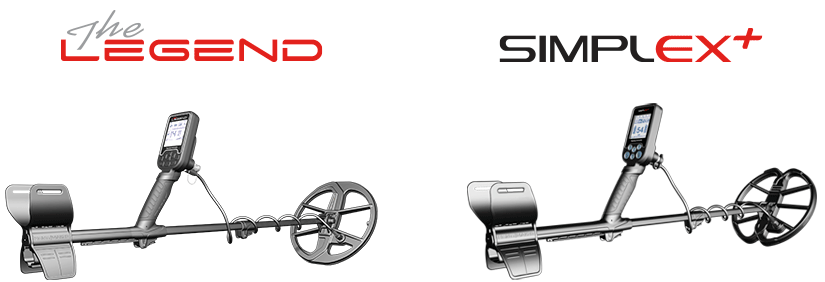While there are, or can be, some differences in performance between different operating frequencies, you have to consider the following:
• Challenges from the particular site ground mineral make-up.
• Typical size and metal alloy type of the intended targets you're after.
• Amount of, and relationship of, any trash at the site you'll be hunting.
• Consider if most of the trash is ferrous or non-ferrous.
• Search coil size and type.
• Circuitry design and operating behavior of the particular make and model detector being used.
Personally, most of my current detector outfit keep a smaller-size coil mounted because most of my detecting is in very densely littered sites, most of them heavily ferrous-base debris, and I am working close to metal structures, building rubble, or in and around sagebrush and dense weeds, trees and snaggy brush, or in amongst rocky areas. That said, I also have some mid-size to larger-size coils on a few detectors or wide-open grassy parks, plowed fields, or outer 'fringe' areas of homesteads, ghost towns, etc. I selected the coils that I felt worked the best on the different models and what I use them for, and in many cases their operating frequency also was taken into consideration.
Looking at my current Detector Outfit on the wall here in my den I own single-frequency models or some selectable frequency models, and down-the-line, left-to-right, their operating frequencies are:
15 kHz .. 19 kHz .. 14.4 kHz .. 10 kHz .. 13 kHz .. 14 kHz .. 12 kHz .. 7.7 kHz .. 10 kHz .. 7.8 kHz .. 10 kHz .. 10 kHz .. 6.59 kHz .. 19 kHz
And for reference, these are using the following coils:
±5" DD .. 5" DD .. 5X9½ DD .. 6" Con. .. 5" DD .... 7" Con. . 11" DD ... 9" DD .... 6" Con. . 7" Con. .. 6" Con. .. 6" Con. .. 6½" Con. .. 5" DD
When noted design engineer George Payne and others started Discovery Electronics and brought out the Treasure Barron and associated models in the early '90s, he explained in a write-up why he settled on the 12.5 kHz operating frequency. It was because it was an ideal choice for Coin Hunting and general detecting to be very functional for lower, mid and higher conductive coins and jewelry. In the late '70s I was using 15 kHz more than the popular models in the 4+ kHz, 5 and 5.5 kHz and 6.59 kHz range. About 10 years before George's write-up and the coming of the Discovery Treasure baron, I started using and relying on the Inca and several other models from Tesoro. Jack Gifford had selected 10 kHz to 12 kHz, and one model at 15 kHz, as the best all-around operating frequency for their general-purpose line and I used to use several in that 10 kHz to 15 kHz operating frequency range ... and still do.
Note the fourteen detector model frequencies I listed above. Ten of those fourteen models are operating from 10 kHz to 15 kHz and only four are working at frequencies below or above that range. There was a very good reason why Nokta / Makro decided to have the Impact, Multi-Kruzer and Anfibio Multi turn-on at the default 14 kHz frequency. On all three of those models I used the default 14 kHz easily 90%-95% of the time. I seldom used the 5 kHz, but did, on occasion, opt for the 19 kHz or 20 kHz higher frequency in a few iron trash infested old sites. Nokta / Makro made a good choice, in my opinion, on the 12 kHz frequency selection for their new Simplex +. It's right there in that very versatile 10 to 15 kHz range.
As you put in search time with the Anfibio I recommend you do it mostly at 14 kHz. You'll enjoy exceptional all-purpose performance. Then, when you are very comfortable with how the Anfibio operates, you can take advantage of the quick-and-easy frequency selection on that model to check some located targets, or just re-hunt a gridded area at a different frequency. That will let you see if there is any benefit to you by using a non-default option.
Something to think about while learning and enjoying the Anfibio.
Monte



